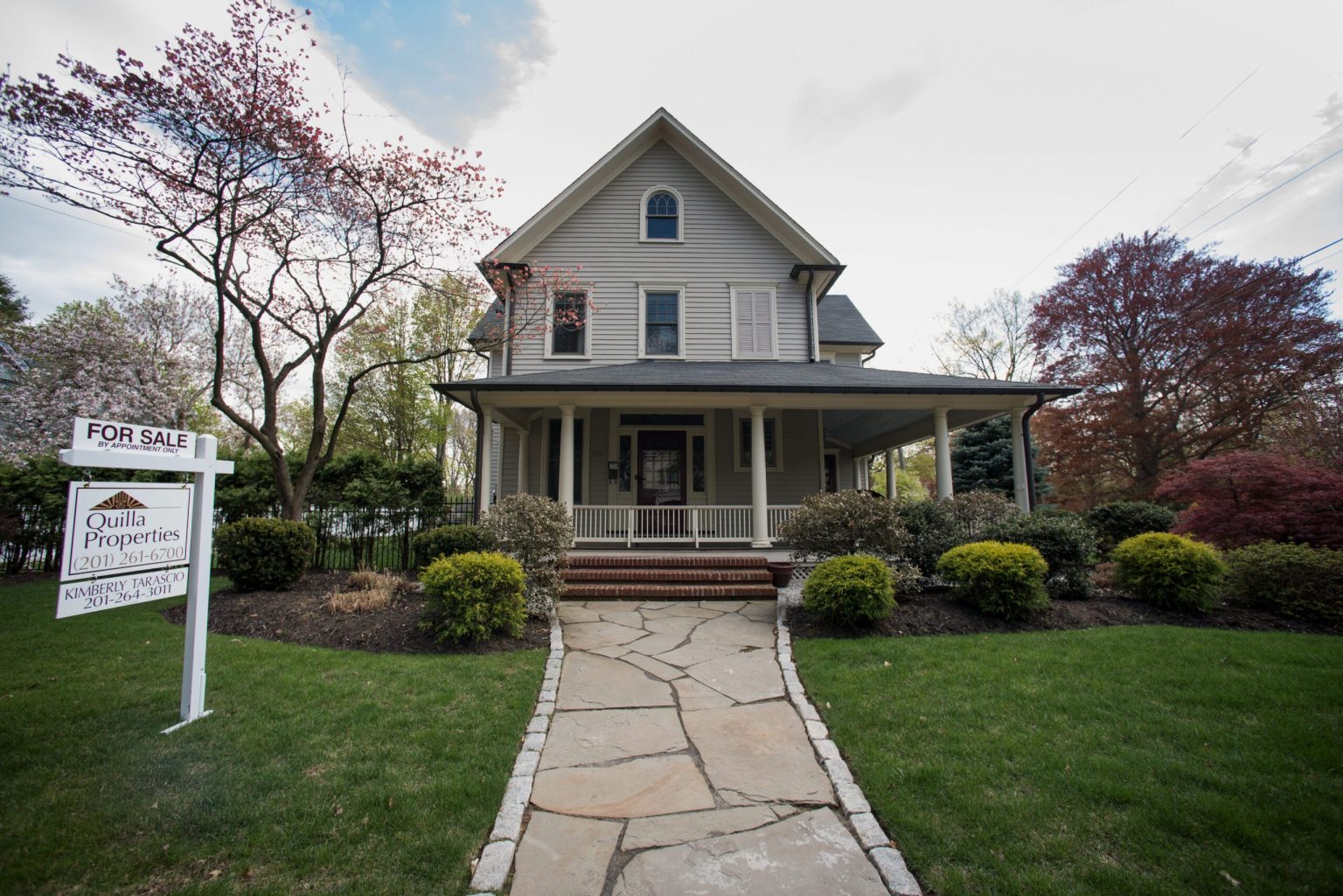Today’s average refinance rates are constantly changing and it’s recommended to shop around to ensure you get the lowest rate available. A majority of US homeowners already have mortgages with rates below 6%, so many are choosing to hold onto their existing mortgages rather than refinance due to higher average refinance rates. However, experts suggest that refinancing could make sense for those with rates above 8%. Refinancing involves taking out a new home loan to pay off the existing mortgage, potentially offering a lower interest rate or shorter loan term for significant monthly payment savings.
Mortgage rates have been high over the past two years, impacted by the Federal Reserve’s efforts to control inflation through interest rate hikes. Experts predict that inflation stabilization and projected Fed interest rate cuts may help stabilize mortgage rates by the end of 2024, but the timing of these cuts will depend on economic data and market responses. Homeowners looking to refinance should keep an eye on interest rate changes and have a strategy in place to take advantage of significant drops. Refinancing can be a smart financial move if it results in a 1% or more reduction in interest rate, leading to substantial monthly payment savings.
The type of refinance chosen will depend on individual circumstances and financial goals. Options include a traditional refinance, where a new loan replaces the existing mortgage with different terms or interest rates, and a cash-out refinance, which allows homeowners to access their equity with a larger loan and pocket the difference in cash. The best refinance rates are generally available to those with high credit scores, low credit utilization ratios, and a history of on-time payments. It’s important to compare lenders and shop around to find the best rates and terms for your individual financial situation.
Refinance rates for different term lengths vary, with 30-year fixed-rate refinances typically having lower monthly payments, but higher overall interest costs compared to shorter terms like 15 or 10 years. While 15-year refinance rates may be slightly higher than 30-year rates, they can save homeowners more money over time by paying off the loan quicker. A 10-year refinance term has the lowest interest rates but the highest monthly payments, allowing homeowners to pay off their mortgage much faster. To ensure the best refinance rates, applicants should have their finances in order, use credit responsibly, and shop around to multiple lenders for the most competitive rates.
There are several reasons why homeowners choose to refinance their mortgages, beyond just saving money. These include securing a lower interest rate, switching from an adjustable-rate to a fixed-rate mortgage for stability, eliminating mortgage insurance, changing the length of the loan term, tapping into equity through a cash-out refinance, or taking someone off the mortgage in the case of divorce. Refinancing can be a strategic financial move to achieve specific goals, such as reducing monthly payments, paying off the mortgage sooner, or accessing funds for large expenses. It’s important to weigh the pros and cons of refinancing and consider all available options before making a decision that fits your financial needs and priorities.












